Music of the First Nations
Music in American Life
A list of books in the series appears at the end of this book.
Music of the First Nations
Tradition and Innovation in Native North America
Edited by
TARA BROWNER
UNIVERSITY OF ILLINOIS PRESS
Urbana and Chicago
2009 by the Board of Trustees
of the University of Illinois
All rights reserved
Manufactured in the United States of America
c 5 4 3 2 1
 This book is printed on acid-free paper.
This book is printed on acid-free paper.
Library of Congress Cataloging-in-Publication Data
Music of the first nations : tradition and innovation in
native North America / edited by Tara Browner.
p. c.m. (Music in American life)
Includes bibliographical references and index.
ISBN 978-0-252-02221-0 (cloth : alk. paper)
1. Indians of North AmericaMusicHistory and criticism.
2. EthnomusicologyUnited StatesHistory.
3. Indian danceNorth America.
I. Browner, Tara
ML3557.M87 2008
781.6297dc22 2008032923
Contents
Tara Browner
Paula Conlon
Lucy Lafferty and Elaine Keillor
Laurel Sercombe
Franziska von Rosen (Introduction by Tara Browner)
David E. Draper
T. Christopher Aplin
Judith Vander
Tara Browner
David W. Samuels
Acknowledgments
I could not have completed this volume without the help and encouragement of friends, colleagues, and most of all the many patient authors, some of whom waited more than ten years for it to come to press. As with countless essay collections, this one was pieced together a bit at a time over almost a decade. It was a complex project, needing balance among different cultural areas, research methodologies, and historical eras. Meeting those requirements was the primary reason that assembling the collection took as long as it did. Nevertheless, I am grateful to those authors who stayed the course and did not withdraw their submissions for publication in other venues.
Special thanks goes to Ben Harbert, who so beautifully reconfigured the musical examples into a format that would work for publication in a book with specific size limitations. I also appreciate the thorough readings given by my referees, and the work and support of Judith McCulloh and Laurie Matheson at the University of Illinois Press. Finally, I would like to express my appreciation to the UCLA Institute of American Cultures, whose funding was crucial to completing this volume.
Music of the First Nations
Introduction
Studying First Nations and Inuit Music
TARA BROWNER
In countless ways, the study of North American indigenous musical cultures by Westerners has been a crucial element in establishing ethnomusicology as a discipline distinct from historical musicology.Early ethnologists such as Alice Fletcher, Francis Densmore, James Mooney, and Jesse Walker Fewkes laid the foundations for studying music in its cultural context, with Fewkes making the first known field recordings in 1889. Theodore Bakers ber die Musik der nordamerikanischen Wilden (On the Music of the North American Savages), written in 1881 for the University of Leipzig and published in 1882, is probably the first dissertation on an ethnomusicological topic. And Franz Boas included music in his discussion of Northwest Coast culture, with his student George Herzog playing a pivotal role in the founding of an American branch of ethnographic music research. Although most often viewed through the lens of contemporary theoretical models as dated and perhaps even suspect, this body of research stressed the concept of fieldwork as the primary research method, a principle still central in the work of ethnomusicologists.
In recent years, however, the amount of research done on First Nation music has decreased somewhat, especially south of the U.S.Canadian border. There are any number of reasons, ranging from research funding issues (it is often easier to get research funding for projects outside of the United States) to working out just how music might fit into the new emphasis on applied indigenous studies seen in many American Indian studies programs. But undoubtedly the most difficult challenge to research is the antipathy of Indians themselves, who have become less than enthusiastic about being studied since the mid-1970s. In the time of Densmore, ethnologists could simply show up, and with the reservation agent applying appropriate pressures (or in the case of Densmore a sibling using her charms), recordings could be made, photographs taken, and peoples lives turned into ethnographic description. By contemporary standards, recording technology was the most problematic ethnographic device, and it was common for recordings and transcriptions made during this era to be copyrighted by the Bureau of American Ethnology, as if by recording the songs ethnologists and their funding agencies owned them. But the combination of the civil rights movement (and in Indian country the American Indian Movement) and an increasing awareness of tribal sovereignty changed all that, and many Indians and tribal governments are increasingly wary of anthros of any stripe.
Todays scholars of Native music are the direct intellectual descendants of Densmore and Fletcher, but with some telling differences in methodology, field methods, and outlook. First, contemporary research is much more community based and oriented, with service to Native peoples as a primary goal; second, human subjects concerns and intellectual property issues have come to the disciplinary forefront, making it virtually impossible to simply appear on a reservation or reserve and start recording; and third, Indian people themselves are much more involved in the directions that research is evolving in their communities. It was in this spirit that this volume was conceptualized, with the goals of Native participation in the project and usefulness to multiple constituencies (mainstream academic through tribal college) central to the process of soliciting and assembling the text.
Each essay in this anthology presents a specific issue or set of issues significant to the Native people whose music is being discussed and reflects the diversity of approaches to Native North American music, from non-Native academic scholarship to the experiences of a traditional Native performer of tribal songs. In the interest of providing a balance between the views of cultural insiders and outsiders, a significant number of authors are Native, and one essay has been cowritten by Native and non-Native scholars. The text is ordered so that tribal-specific music is presented first (see Figure I.1 for the geographic locations of the tribal peoples discussed), whereas the last two essays discuss the Pan-Indian topics of pow-wows and country music. But perhaps the most important facet of the collection is how it illustrates the many ways of doing contemporary ethnomusicology in Indian country, from dialogic (von Rosen), coauthored with a Native specialist (Lafferty and Keillor), primarily historiographic (Vander), and fieldwork based (Conlon, Aplin) to using intensive formalistic musical analysis (Draper), linguistic analysis (Sercombe), and interpretive (Browner, Samuels).
In the first essay, Iglulik Inuit Drum-Dance Songs, Paula Conlon discusses how Inuit songs provide a way to maintain links with the past through a traditional musical style that dominates not only the Iglulik but also the larger Inuit population from the Arctic East to West: the drum-dance song. In the Iglulik region the man composes the drum-dance song and teaches it to his wife, who in turn teaches it to the other women in the community for public performance in the


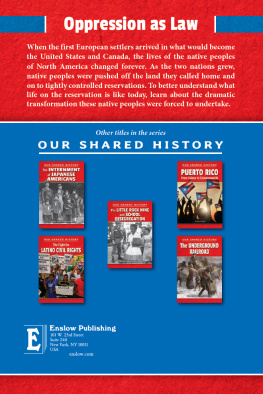

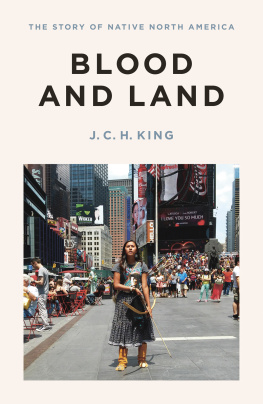
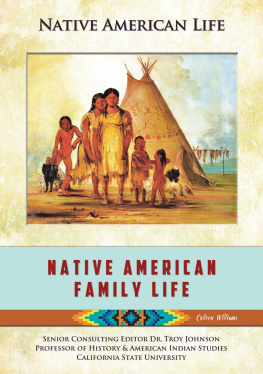
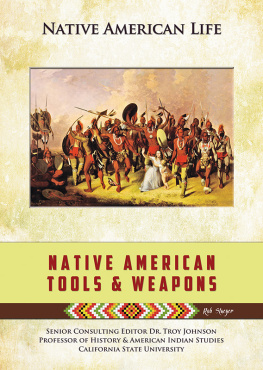
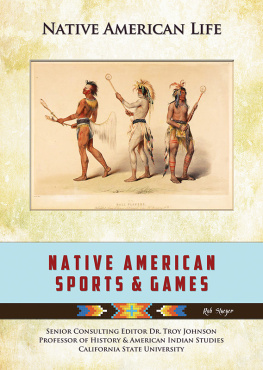
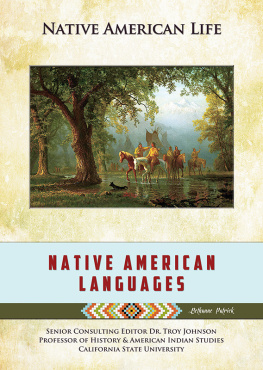
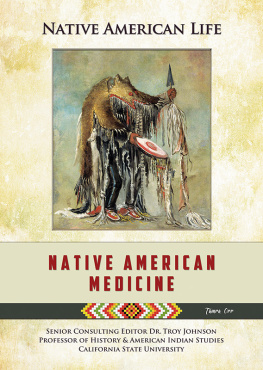
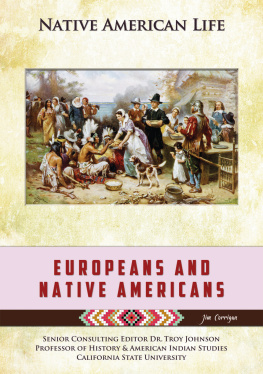
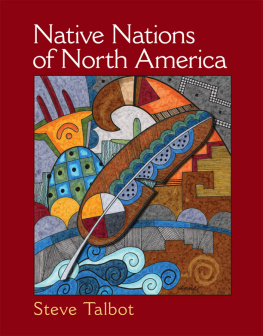
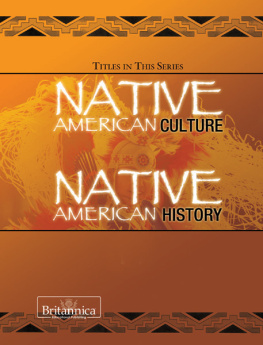
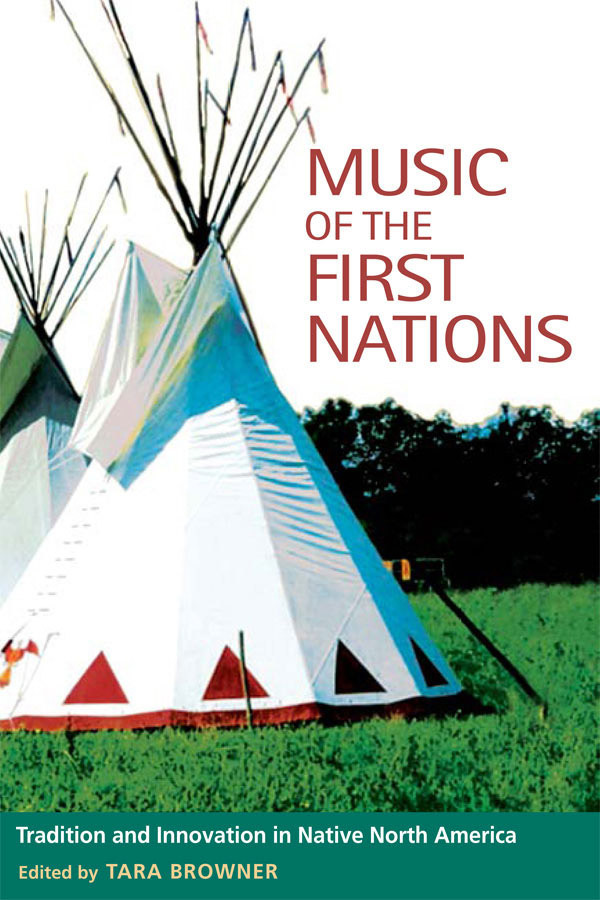
 This book is printed on acid-free paper.
This book is printed on acid-free paper.